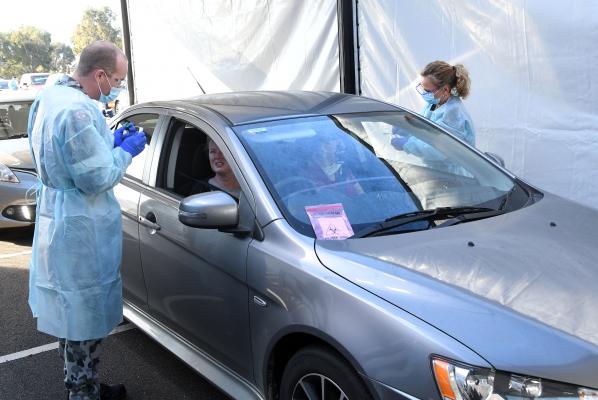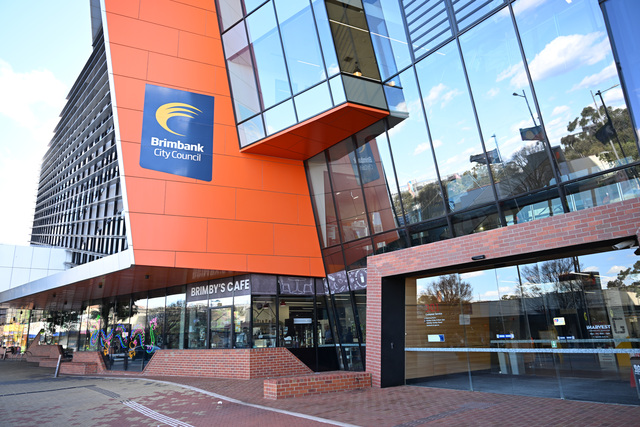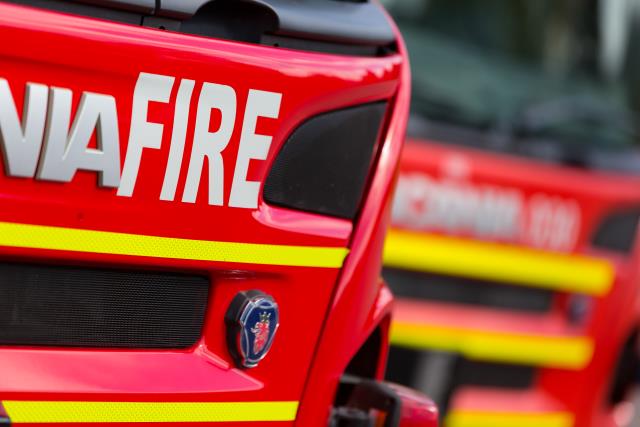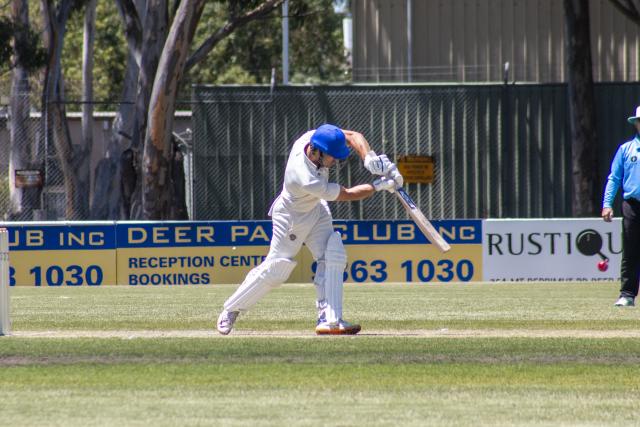Brimbank will be in stage four lockdown for at least another two weeks from September 13 as part of the state’s roadmap out of COVID-19.
Much of the municipality has been in lockdown for weeks longer than metropolitan Melbourne as part of the state government’s initial postcode “hot spot’ lockdown.
On Sunday, Premier Daniel Andrews announced a five-step “steady and safe” plan to what he described as a “covid normal”.
Step one is an extension of stage four lockdown for metropolitan Melbourne from September 13, with several changes.
The curfew will be extended to 9pm, social bubbles will be created for people living alone, playgrounds will reopen and public outdoor gatherings for two people will be increased to two hours.
Further restrictions will be eased from September 28, subject to public health advice and if average daily cases are 30 to 50 in metro Melbourne over the previous 14 days.
There will be a staggered return to face-to-face teaching at schools for junior pupils, VCE and VCAL and specialists schools from the week beginning October 12.
The curfew and a cap on the number of reasons you can leave your home will be dropped from October 26, if statewide daily average cases of coronavirus is less than five new cases, and less than five cases from unknown sources over the previous 14 days.
While acknowledging the decisions would be met with disappointment, Mr Andrews said they were needed.
“I want to get the place open, and I want to keep it open,” Mr Andrews said.
“There is no choice for us, there is only one option.
“I want a Christmas that is as close to normal as possible, and this is the only way.”
In Brimbank, considered a virus hot spot, the number of active cases have continued to fall in the past few weeks.
Active cases within the municipality fell by 70 during the week ending on Sunday.
Known outbreaks, including the Estia Aged Care Facility in Ardeer (162 cases) and the Cumberland Manor Aged Care Facility in Sunshine North (124 cases) have also slowed in growth.







